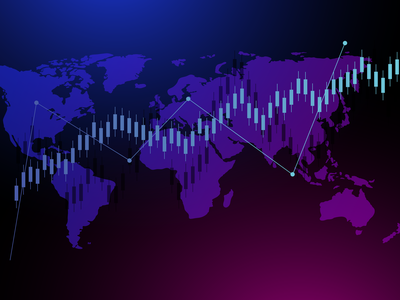Market for Analytical and Life Science Instruments Projected to Grow to $81B by 2023
LOS ANGELES, Feb. 28, 2019 — Strategic Directions International (SDi), a division of BioInformatics Inc., today announced the release of the SDi Global Assessment Report 2019: The Laboratory Analytical & Life Science Instrumentation Industry. The 1,000+ page report details size, growth, and market analyses for over 80 instruments in 10 major technology categories. In addition, the projections, based on 16 editions over more than 20 years of publication, are made on the industry’s prospects out to 2023 and include technology overviews and detail market segment and regional developments. Users of the report will have an option to receive an electronic data stream updating the market projections on a quarterly basis.
“Life science instrumentation continues to provide excellent opportunities for growth, but this is not the only story in this complex market. Looking at different application sectors, while pharmaceutical and biotechnology customers certainly can be expected to greatly increase spending for research and QA/QC applications, we expect the strongest advances to come from the applied markets — things like environmental testing and food safety — and these laboratories rely on a somewhat different mix of technologies than those most frequently used in pharma/bio,” said Mike Tice, Senior Vice President, Business Intelligence at SDi.
The SDi Global Assessment Report 2019: The Laboratory Analytical & Life Science Instrumentation Industry is the most trusted “gold standard” for measuring the size and growth of the analytical and life science instrumentation industry globally. A complimentary Executive Summary can be downloaded here. More information on the Global Datastream, which includes both the Global Assessment Report and quarterly updates, can be found here. Additionally, users will receive the report in a PDF as well as an editable PowerPoint format.
The report covers 81 individual instrumentation and related technologies. Each technology is segmented according to several primary classifications typically related to underlying techniques. For each instrument and category, the report quantifies the regional distribution of demand; the size of the market segmented according to initial systems, aftermarket, and service; unit shipments/installations; growth rates; and demand by industry and lab function. Each section also explores the current state of the competitive playing field, including a list of the top vendors’ market shares, a vendor participation matrix, and recent developments, and it concludes with a short discussion that suggests where the market might be headed over the next five years from the related standpoints of technology, competition, and growth.



